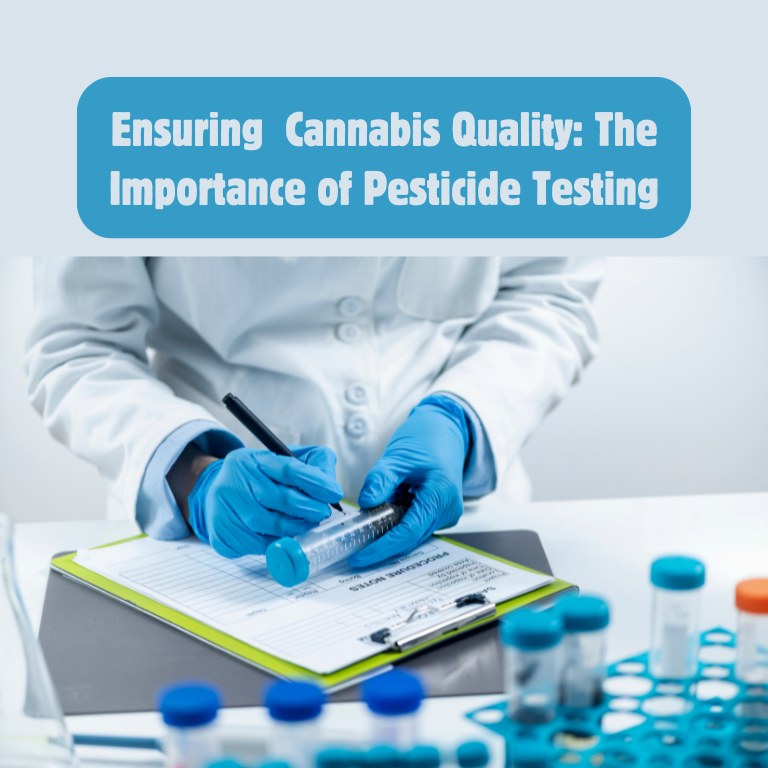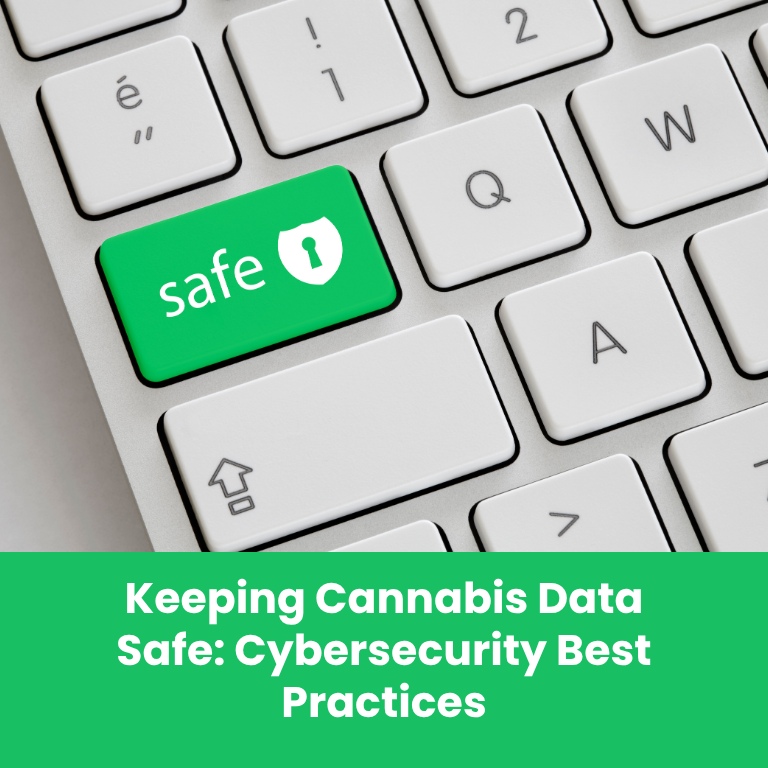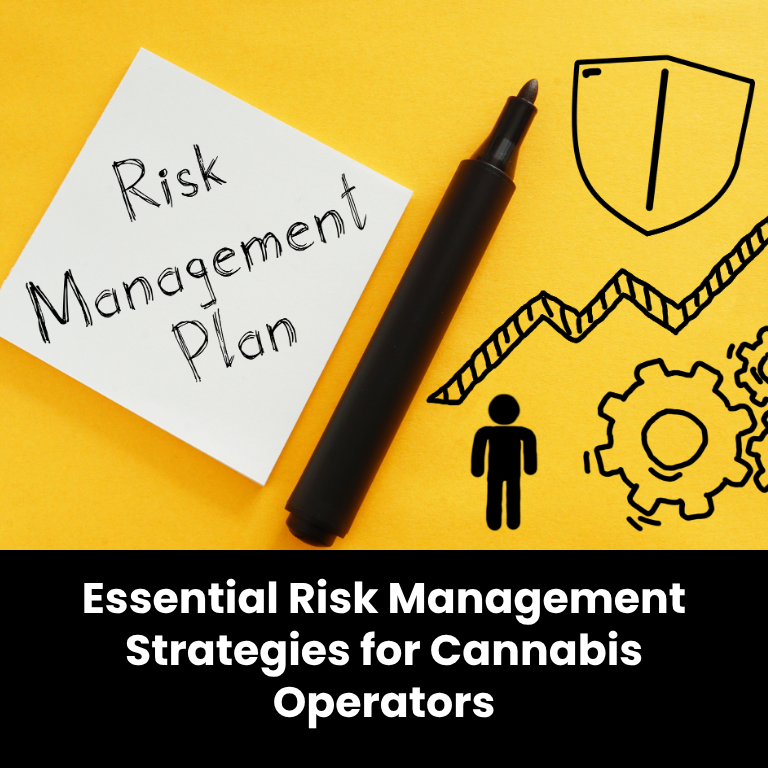The Critical Role of Pesticide Testing in Ensuring Safe Cannabis Products
As the cannabis industry matures and evolves, the emphasis on product safety and quality has never been more critical. One of the key components in ensuring that cannabis products are safe for consumption is rigorous pesticide testing. This process not only protects consumers but also upholds the integrity of the cannabis industry as a whole. With the rising popularity of cannabis products, from oils to edibles, understanding the significance of pesticide testing is essential for both producers and consumers alike.
Understanding Pesticides in Cannabis Cultivation
Pesticides are substances used to prevent, destroy, or control pests in agricultural practices. In cannabis cultivation, these chemicals may be applied to manage insects, weeds, fungi, and other threats that could compromise the crop. While pesticides can help increase yield and protect plants, they pose significant risks to human health and the environment if misused or if residues remain on the final product.
The cannabis plant, known for its versatility and potential therapeutic benefits, is particularly sensitive to pesticide residues. This sensitivity requires stringent oversight to ensure that products reaching consumers are free from harmful chemicals. As cannabis legalization spreads across various states and countries, the urgency for standardized pesticide testing protocols grows accordingly.
The Risks of Pesticide Contamination in Cannabis Products
The implications of pesticide contamination can be severe. Residues left on cannabis products can cause respiratory problems, skin irritations, and even long-term health effects such as carcinogenicity. Vulnerable populations—including children, pregnant women, and individuals with compromised immune systems—are especially at risk.
Ingesting cannabis products contaminated with pesticides can lead to acute poisoning, allergic reactions, and other immediate adverse health effects. Over time, chronic exposure to pesticide residues may result in lasting damage, heightening public health concerns.
Moreover, pesticide contamination presents a significant financial risk to cannabis producers. Products found to contain harmful pesticide residues may be recalled, damaging brand reputation and causing loss of consumer trust. In a highly competitive market, maintaining a reputation for safety and quality is paramount, and contamination issues can be devastating to a business’s survival.
Regulatory Standards and Pesticide Testing Methods
To address these risks, regulatory agencies in many jurisdictions have established strict pesticide testing requirements for cannabis products. Before reaching shelves, cannabis must undergo thorough testing to confirm safety and proper labeling.
The pesticide testing process generally involves several key steps:
-
Sampling: Careful collection of representative samples from the cannabis batch is essential to accurately assess pesticide levels.
-
Laboratory Analysis: Samples are analyzed by accredited labs using advanced methods such as gas chromatography-mass spectrometry (GC-MS) or high-performance liquid chromatography (HPLC). These techniques allow detection and quantification of pesticide residues at trace levels.
-
Reporting: Labs generate detailed reports showing the types and concentrations of any pesticides found. These reports inform producers whether a batch meets safety standards and help consumers understand product safety.
These regulations and testing protocols are designed to safeguard consumers, ensure transparency, and maintain confidence in the cannabis market.
The Role of Producers in Upholding Product Quality
Cannabis producers carry a critical responsibility for ensuring their products are free of dangerous pesticide residues. This responsibility starts with the choice of pest control methods. Many cultivators are moving toward organic or integrated pest management (IPM) approaches that limit or eliminate synthetic pesticide use, favoring natural alternatives that pose fewer health risks.
Transparency about cultivation and testing practices is also vital. By openly sharing pesticide testing results and information on pest management, producers build consumer trust. In an era where consumers increasingly scrutinize product quality, brands that emphasize safety and transparency are more likely to earn customer loyalty.
Ongoing education and training about the correct use of pesticides are also crucial for growers. Understanding application timing, dosage, and safety protocols helps minimize the risk of contamination, protecting both consumer health and producer reputation.
Consumer Awareness and Choosing Safe Cannabis Products
Consumers play an important role in demanding safer cannabis products. Awareness of pesticide testing empowers consumers to make informed purchasing decisions and avoid products that may pose health risks.
Many consumers now seek out products labeled “pesticide-free,” “organically grown,” or verified by third-party testing. This consumer preference pushes producers toward safer cultivation methods and helps create a market advantage for compliant, high-quality products.
Furthermore, educating consumers about the importance of pesticide testing and the potential dangers of contaminated cannabis helps elevate public standards. Knowledgeable consumers can advocate for stronger regulations and better industry practices.
The Future of Pesticide Testing in Cannabis
As the cannabis industry expands, pesticide testing protocols are likely to become even more rigorous. Regulatory agencies may adopt stricter limits on allowable pesticide residues and require more frequent or comprehensive testing.
Advancements in testing technology will also help. Emerging methods may reduce testing time and costs, increasing accessibility and enabling faster product turnover. These improvements will benefit producers, regulators, and consumers alike by ensuring timely access to safe cannabis products.
Increasing public concern about product safety will continue to drive the industry toward greater transparency and accountability. Ultimately, pesticide testing will remain a cornerstone of responsible cannabis cultivation and product manufacturing.
Why Pesticide Testing Is Essential for Cannabis Safety and Industry Integrity
Pesticide testing is a vital process in safeguarding the quality and safety of cannabis products. By protecting consumers from harmful chemical exposure, pesticide testing preserves public health and reinforces trust in the cannabis industry. It also encourages responsible cultivation practices that benefit producers and the environment.
As cannabis markets grow and regulatory landscapes shift, maintaining a rigorous focus on pesticide safety will be essential. Producers who prioritize safe cultivation and transparent testing will thrive, while consumers will be assured of the products they consume.
In this evolving industry, pesticide testing represents a fundamental pillar supporting a sustainable, safe, and reputable cannabis market for the future.













